In a move of unexpected information sharing, Uber is making its traffic data accessible on its new website, Movement. This site sprang from the idea that data gathered by Uber in cities where the business operates could benefit the public. Movement is intended for use by urban planners in hopes of improving mobility in target areas. The traffic analysis, therefore, is packaged in a way that is easy for organizations to interpret—it is centered around zones within cities, establishing a baseline for urban planning and traffic management. The data will be made available to the general public eventually, although early access is currently limited to organizations who apply for it.
Movement offers real-time data on travel times in a given traffic zone within a city, with tools to adjust variables like time, day, and zone. Users can download charts of this data as time series charts and as raw data to be plugged into other models. Uber also plans to provide this data as an API. Privacy advocates may be alarmed by the open-source nature of this endeavor, but Uber addresses these concerns by anonymizing drivers and passengers through the sheer volume of aggregated data. The ride-hailing company says it will not provide results for requests where there is not enough aggregated data to ensure the anonymity of commuters.
Uber hopes that Movement will allow urban planners to make informed decisions on infrastructure by providing reliable data. The data would show why changes need to be made, where they should take place, and when it should happen. The goal is to make it easier to make the right decision for the city’s organization. However, the motivation behind this effort can’t be written off as a completely benevolent gesture. As infrastructure improves, so does business—Uber’s specifically. Making transport more efficient in cities where Uber operates also makes the ride-sharing service more efficient, which in turn produces better customer experiences and promises higher usage rates. Movement, therefore, can influence city planners into making changes that improve aspects of Uber’s business that the company itself cannot control.


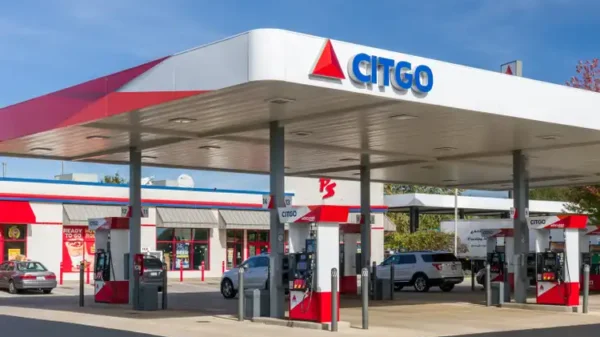














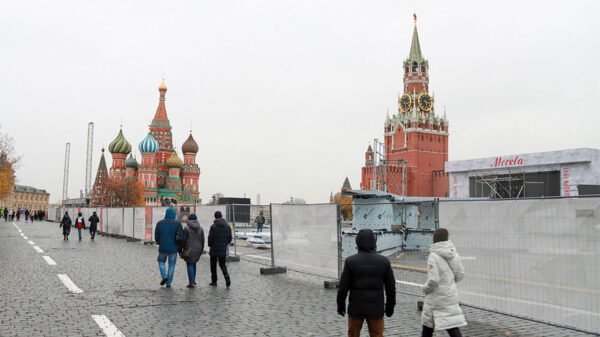
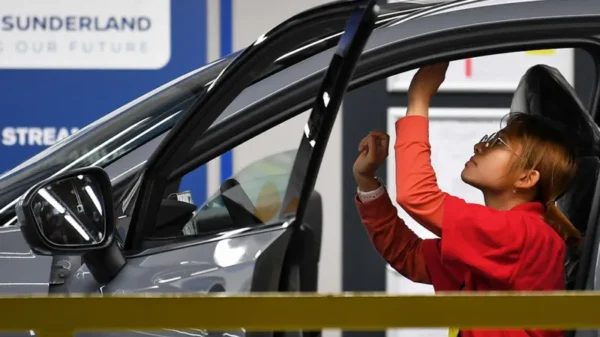
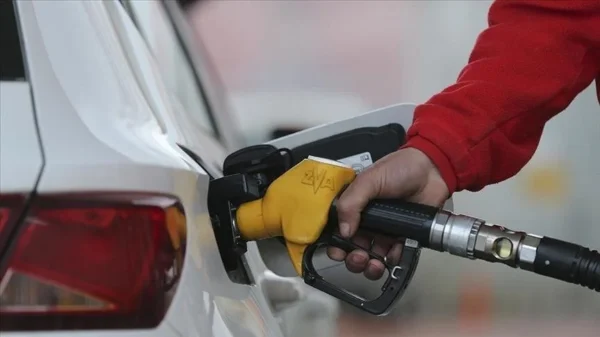





































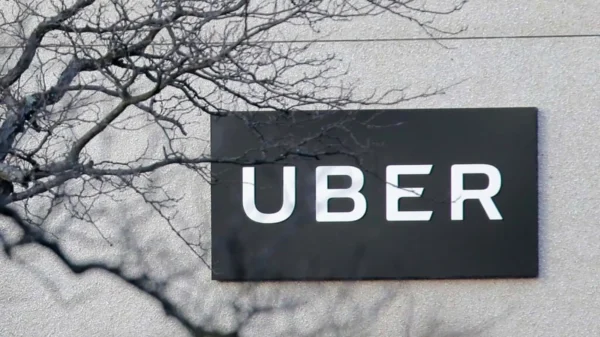





Comment Template